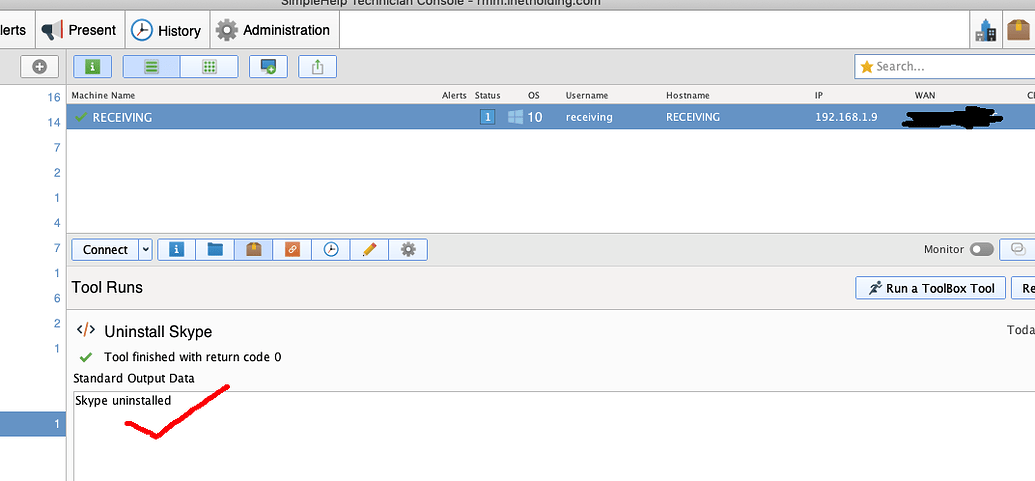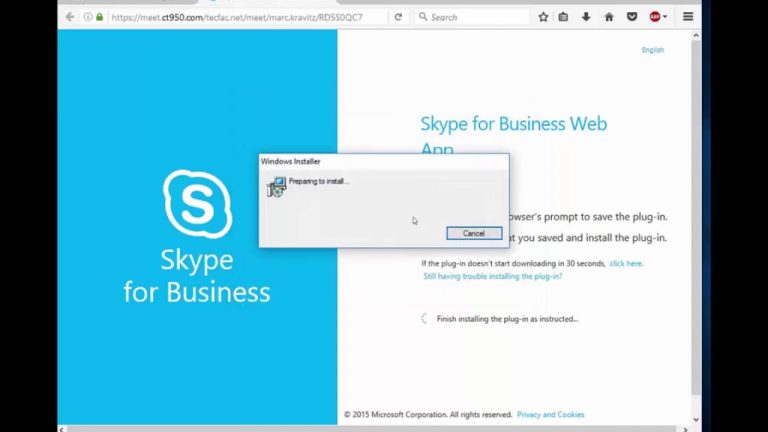
Enter the following commands to copy the AppDeployToolkit & Files folders to “C:\Downloads\SkypeforBusiness2019”:. Expand-Archive -Path C:\Downloads\PSAppDeployToolkit_v3.8.4.zip -DestinationPath C:\Downloads\PADT. Enter the following command to extract the contents of the zip file:. Unblock-File -Path C:\Downloads\PSAppDeployToolkit_v3.8.4.zip. Enter the following command to remove the Zone.Identifier:. Open Windows PowerShell by Right-Clicking on Windows PowerShell and selecting Run as Administrator. Download the zip file to a folder created at (C:\Downloads).  Download the Powershell App Deployment Toolkit 3.8.4:. How to Install Microsoft Skype for Business 2019 Using the PowerShell App Deployment Toolkit This tool is an absolute must for Microsoft Endpoint Manager Configuration Manager (MEMCM) / (SCCM) Administrators or anyone who is responsible for packaging and deploying software. The PowerShell App Deployment Toolkit can be used to replace your WiseScript, VBScript and Batch wrapper scripts with one versatile, re-usable and extensible tool. Download and install the latest version of Skype.This article will serve as an informative guide and give you a clear understanding of how to perform silent or interactive installs and uninstalls of Microsoft Skype for Business 2019 using the Powershell App Deployment Toolkit. Control-click on the trash button and select Empty Trash. Move all the results returned to the trash. Open Finder and search for “Skype” using the search feature in Mac OS X. Open your Applications folder and drag your copy of Skype to the trash. First, you will need to quit Skype by control-clicking Skype, then selecting Quit Skype. Download and install the latest version of Skype. (If you can’t find Skype in your installed programs, follow the directions here). Find Skype in the list, right-click it and select Remove or Uninstall. Type appwiz.cpl in the Run dialog and select OK. Press the Windows and R keys on your keyboard at the same time.
Download the Powershell App Deployment Toolkit 3.8.4:. How to Install Microsoft Skype for Business 2019 Using the PowerShell App Deployment Toolkit This tool is an absolute must for Microsoft Endpoint Manager Configuration Manager (MEMCM) / (SCCM) Administrators or anyone who is responsible for packaging and deploying software. The PowerShell App Deployment Toolkit can be used to replace your WiseScript, VBScript and Batch wrapper scripts with one versatile, re-usable and extensible tool. Download and install the latest version of Skype.This article will serve as an informative guide and give you a clear understanding of how to perform silent or interactive installs and uninstalls of Microsoft Skype for Business 2019 using the Powershell App Deployment Toolkit. Control-click on the trash button and select Empty Trash. Move all the results returned to the trash. Open Finder and search for “Skype” using the search feature in Mac OS X. Open your Applications folder and drag your copy of Skype to the trash. First, you will need to quit Skype by control-clicking Skype, then selecting Quit Skype. Download and install the latest version of Skype. (If you can’t find Skype in your installed programs, follow the directions here). Find Skype in the list, right-click it and select Remove or Uninstall. Type appwiz.cpl in the Run dialog and select OK. Press the Windows and R keys on your keyboard at the same time. 
If you don't have Skype in the task bar, right-click the task bar (or press Ctrl+Alt+Delete) and select Task Manager, then select Skype and select End Task.

If you have Skype in the task bar, right-click it and select Quit. If you're having technical problems with Skype, sometimes uninstalling and reinstalling Skype can help.







 0 kommentar(er)
0 kommentar(er)
